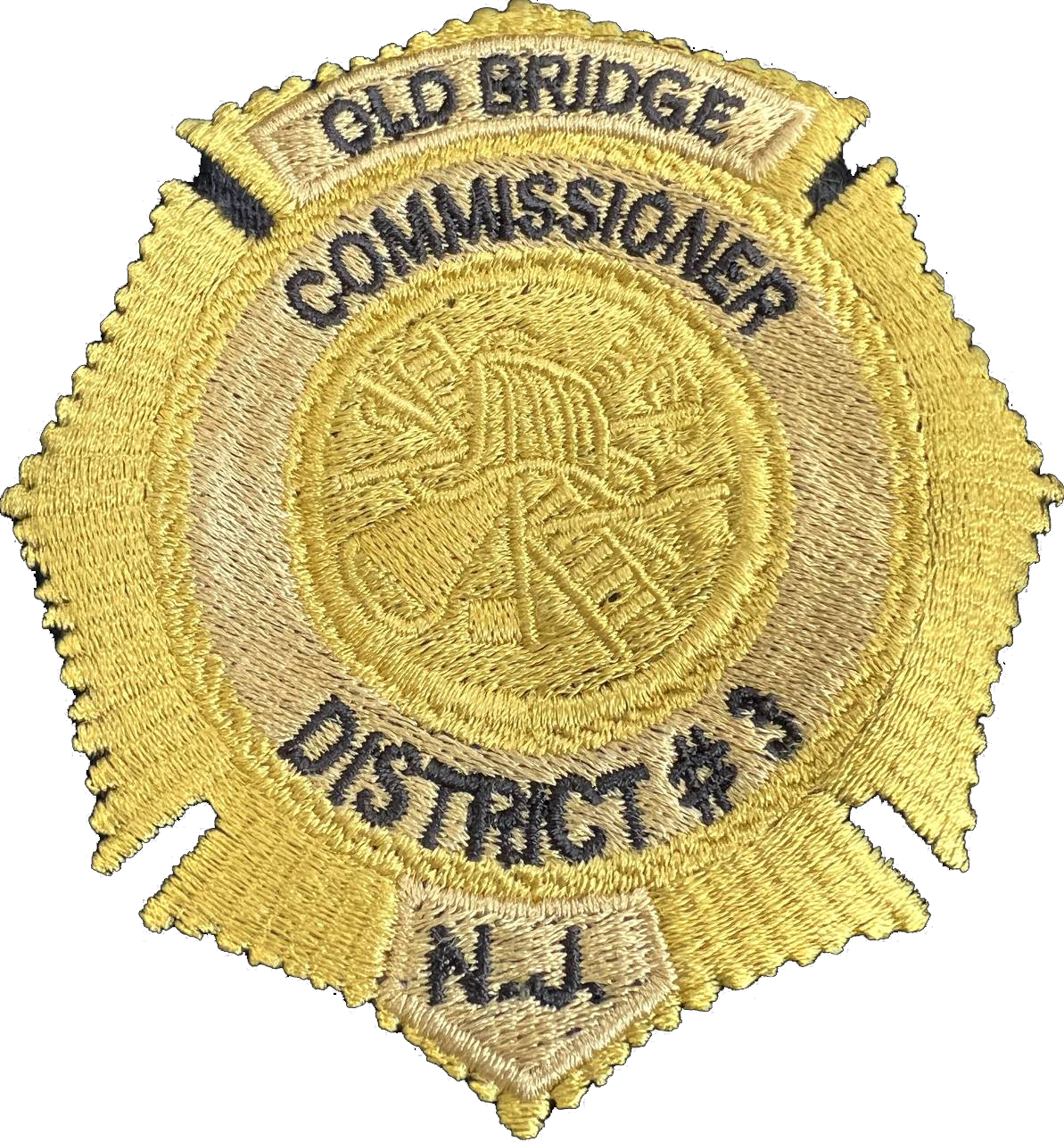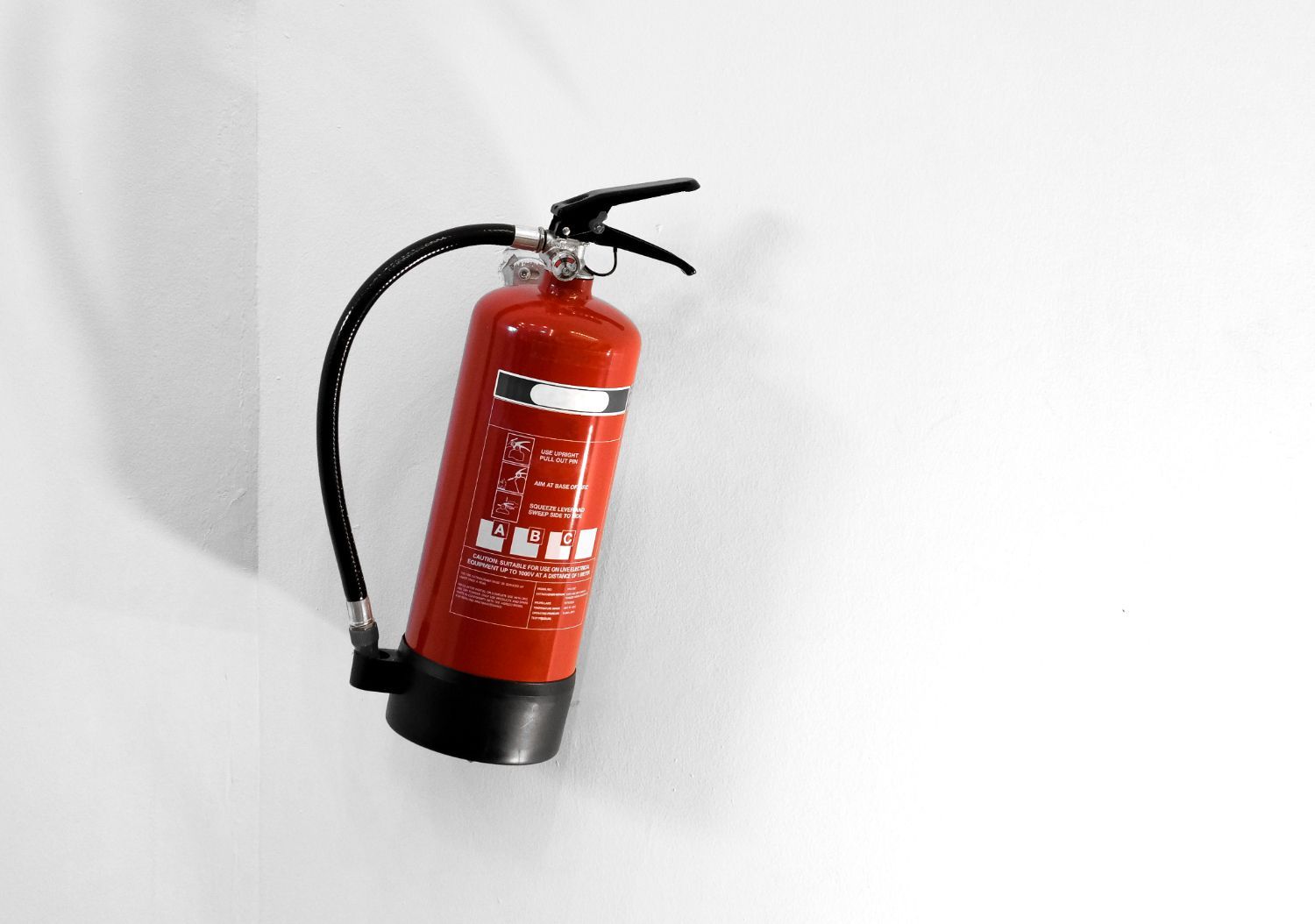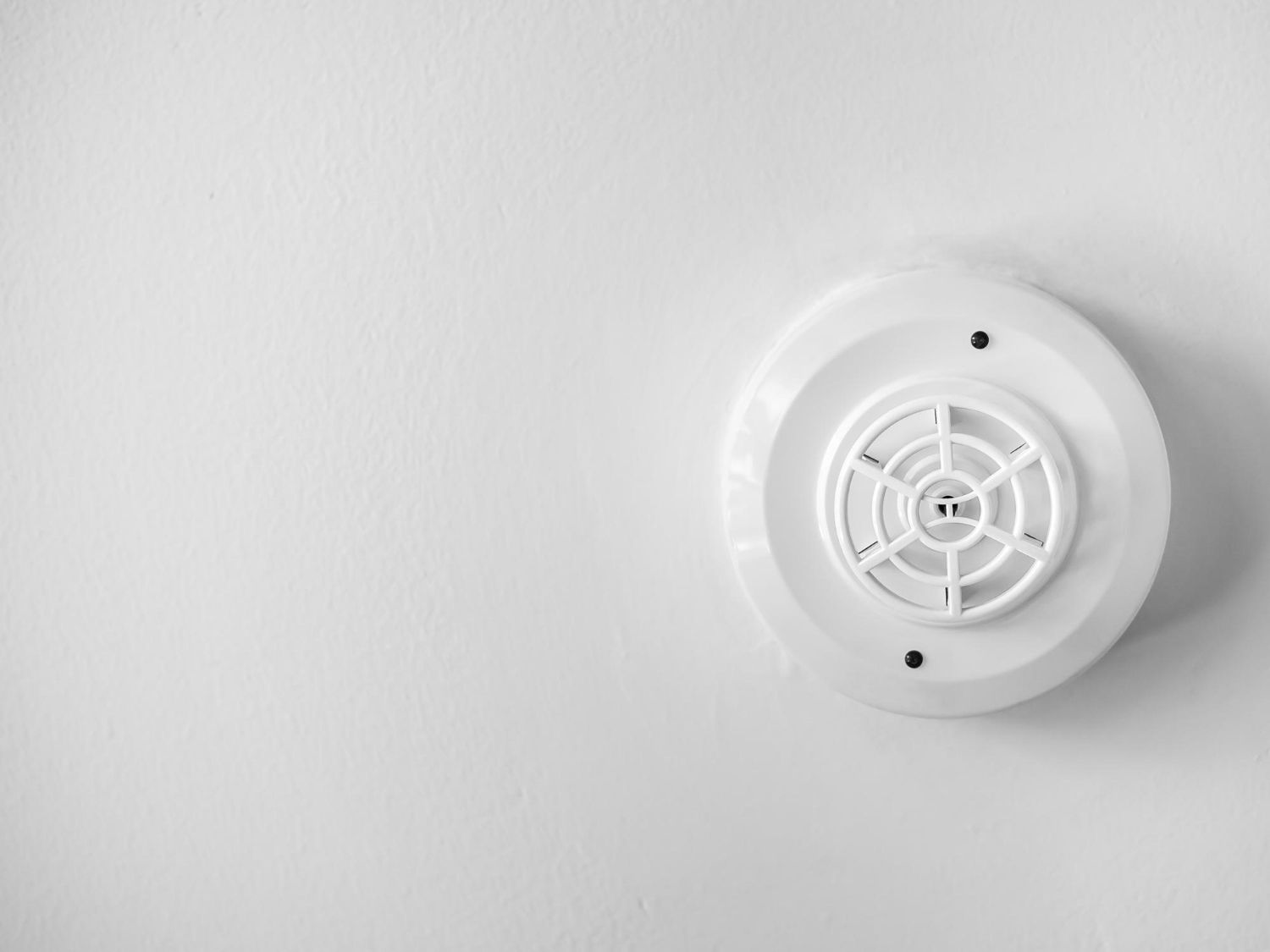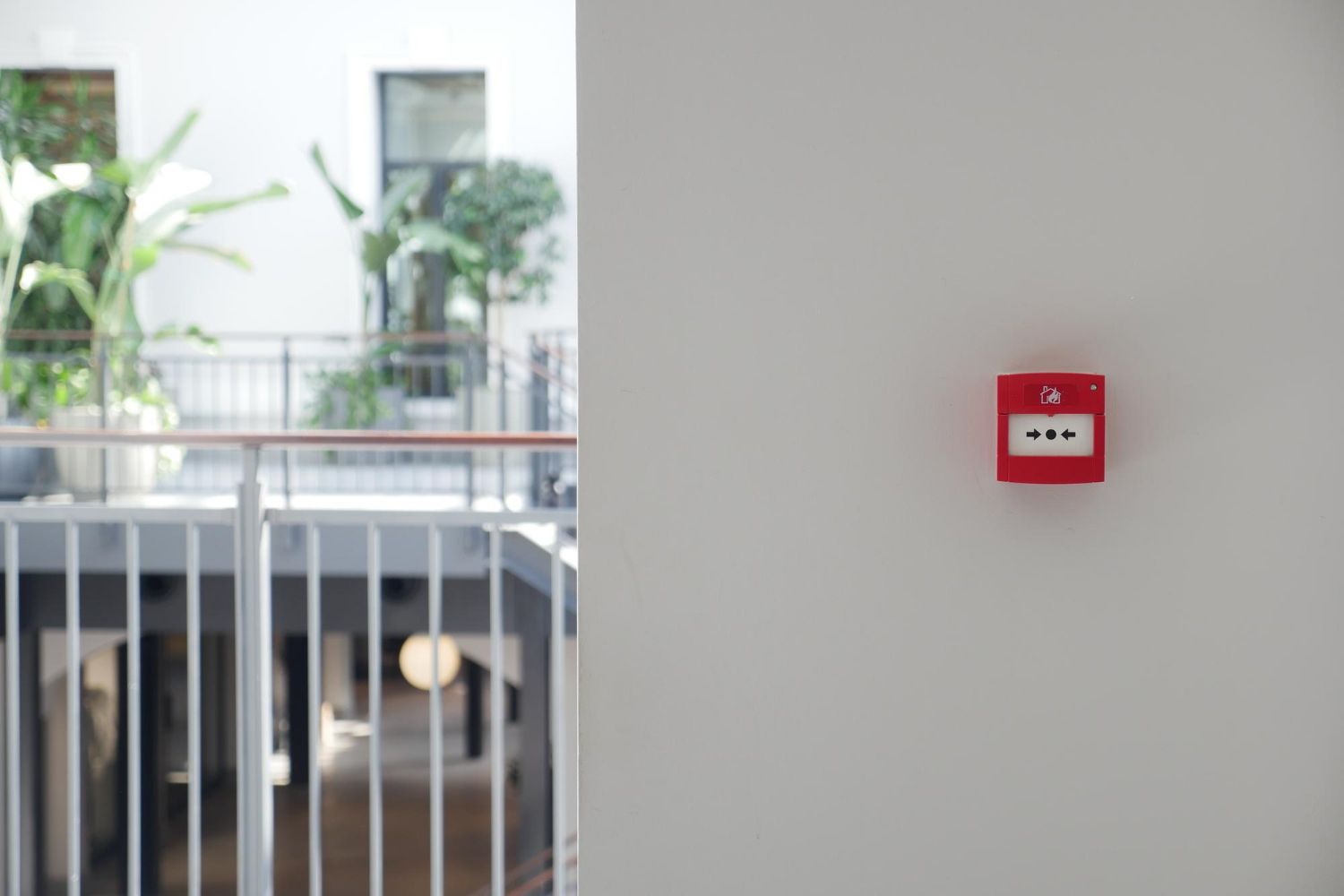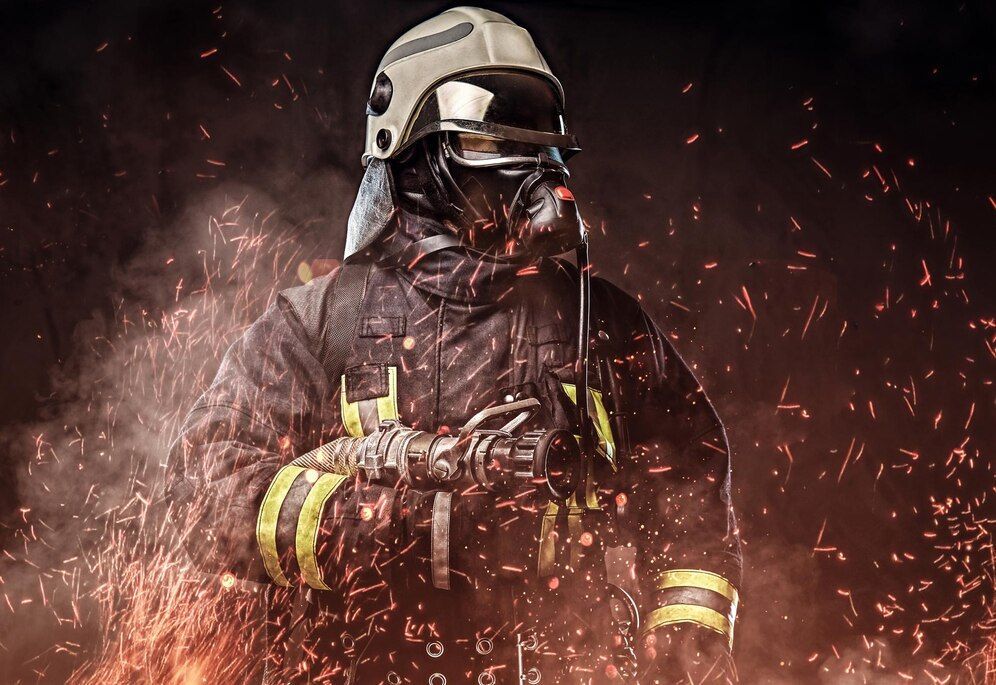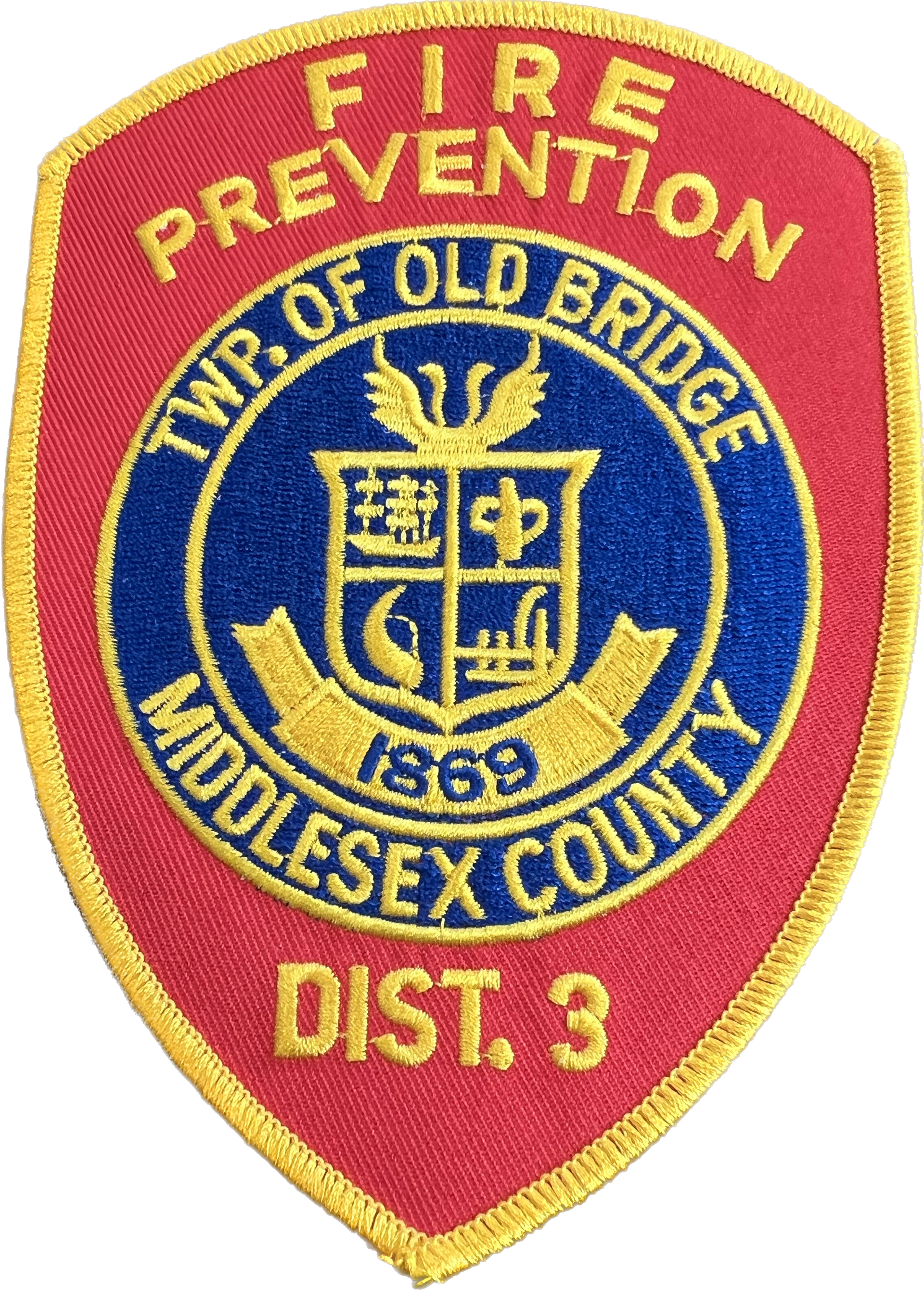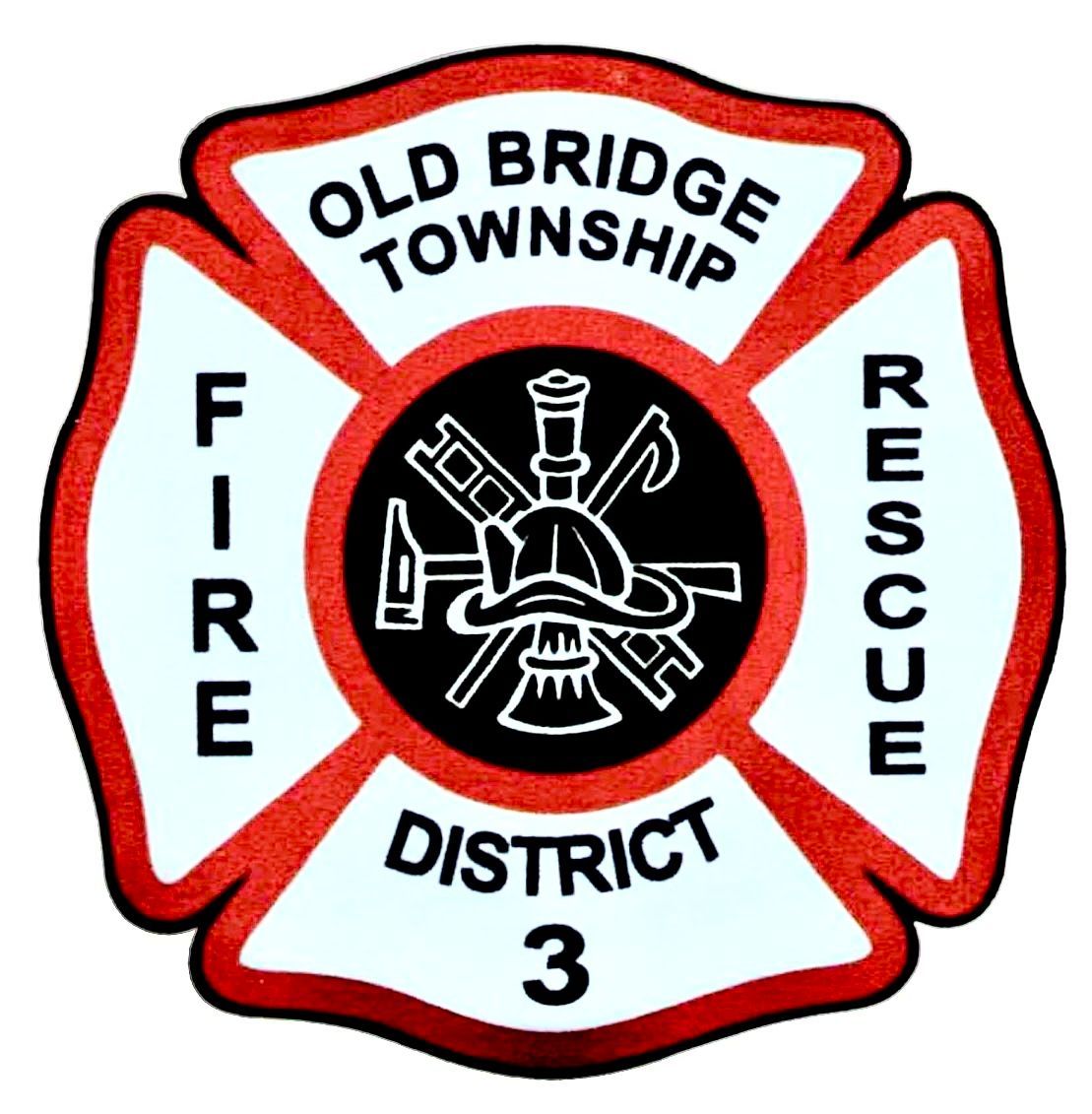Smoke Alarm Maintenance and Testing: Safeguard Your Home and Loved Ones
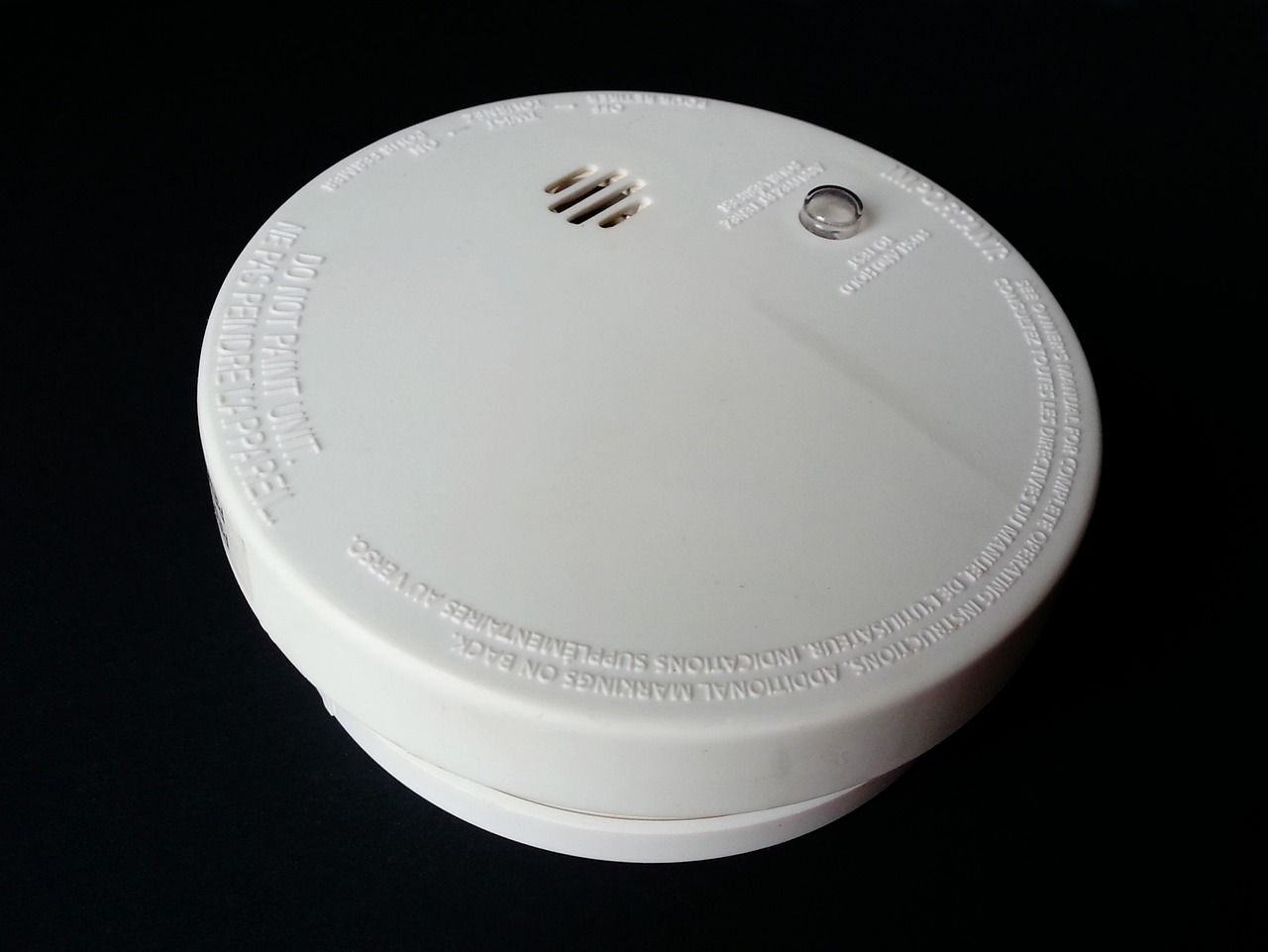
Smoke alarms play a crucial role in early fire detection, giving you and your family adequate time to evacuate safely. Fire District 3 is dedicated to ensuring our community members understand the importance of properly functioning smoke alarms and know how to maintain and test these life-saving devices. By investing time in smoke alarm maintenance and testing, you can significantly improve your home's fire protection and help create a safer environment for you and your loved ones.
In this guide, we will delve into the significance of smoke alarms, share essential maintenance tips, and provide step-by-step instructions for testing your devices. Our goal is to help you take proactive measures to keep your smoke alarms in good working order and to highlight their vital role in safeguarding your home and family against fire emergencies.
Join us on this essential journey to enhance fire safety and protection in your home through proper smoke alarm maintenance and testing. Together, we can foster a well-informed and proactive community that consistently prioritizes fire safety in Fire District 3.
1. Understanding the Importance of Smoke Alarms
Smoke alarms serve as an essential line of defense against fire emergencies, providing early warnings that save lives and property:
- Life-Saving Potential: According to the National Fire Protection Association (NFPA), nearly three out of every five home fire deaths occur in residences with no smoke alarms or non-functioning alarms. Ensuring your home is equipped with properly functioning smoke alarms can significantly increase your chances of surviving a fire.
- Early Fire Detection: Smoke alarms rapidly detect fires in their early stages, providing you and your family with the time needed to evacuate safely before the flames and smoke become overwhelming.
- Reduced Property Damage: Early fire detection not only saves lives but also helps in mitigating property damage by giving firefighters more time to respond and extinguish the fire.
2. Smoke Alarm Maintenance Tips
Regular maintenance is essential to keep your smoke alarms functioning at their best. Follow these critical maintenance tips to ensure your alarms provide optimal protection:
- Replace Batteries: For battery-operated smoke alarms, replace batteries at least once a year or when the alarm emits a "chirping" sound, indicating a low battery. Many devices also have a low-battery warning feature that you should heed.
- Dust and Debris Removal: Use a vacuum cleaner with a soft brush attachment to clear away dust and cobwebs from the outer casing of your smoke alarm every six months. This helps prevent false alarms caused by dust buildup and ensures the sensor remains sensitive.
- Alarm Replacement: Smoke alarms have a lifespan of approximately ten years. Make sure to replace your alarms according to the manufacturer's recommendations to ensure they remain effective.
3. Testing Your Smoke Alarms
Regular testing of your smoke alarms helps ensure they function correctly when needed. Follow these steps to test your alarms:
- Step 1 - Alert your household: Inform family members, particularly children and those sensitive to loud noises, that you will be testing the alarms to avoid causing unnecessary stress or fear.
- Step 2 - Position a helper: Have a family member stand in the furthest room from the alarm being tested to ensure the sound can be heard throughout the house.
- Step 3 - Press the test button: Firmly press and hold the test button on the smoke alarm for a few seconds. The alarm should emit a loud noise, indicating it is functioning correctly. If the sound is weak or non-existent, replace the batteries and retest. If your alarm still fails to emit sound, replace the entire unit.
- Step 4 - Test all alarms: Repeat the testing process for every smoke alarm in your home to ensure they are all functioning optimally.
4. Placement and Installation of Smoke Alarms
Proper placement and installation of smoke alarms are critical components of home safety:
- Installation Locations: Install smoke alarms in each bedroom, outside every sleeping area, and on every level of your home, including the basement. For optimal protection, consider interconnected alarms that sound simultaneously when one detects smoke.
- Ceiling Mounting: Smoke alarms should be mounted on the ceiling as smoke rises. If ceiling mounting is not possible, install the alarm high up on the wall, ideally 4-12 inches from the ceiling.
- Avoiding Nuisance Alarms: Prevent false alarms by avoiding placement near sources of steam, cooking fumes, or excessive dust and dirt. Keep smoke alarms at least 10 feet away from stoves and ovens, and consider installing photoelectric alarms near bathrooms or kitchens, as they are less sensitive to steam and cooking fumes.
Conclusion: Strengthening Fire Safety in Fire District 3
Taking responsibility for maintaining and testing your home's smoke alarms significantly contributes to the overall fire safety and preparedness of our Fire District 3 community. Protect your household, neighbors, and district by ensuring your smoke alarms function effectively and by sharing this vital information with those around you.
Adopt a well-informed and proactive approach to smoke alarm maintenance and testing to save lives, reduce property damage, and build a more resilient community. Spread these crucial smoke alarm maintenance and testing tips with your loved ones, friends, and neighbors in Fire District 3, and get in touch with the Board of Fire Commissioners, Fire District 3, Township of Old Bridge's
fire department service to help build a fire-safe community.
